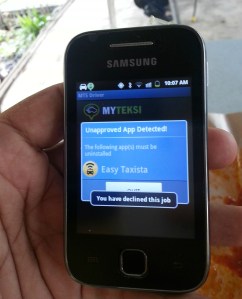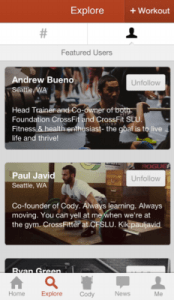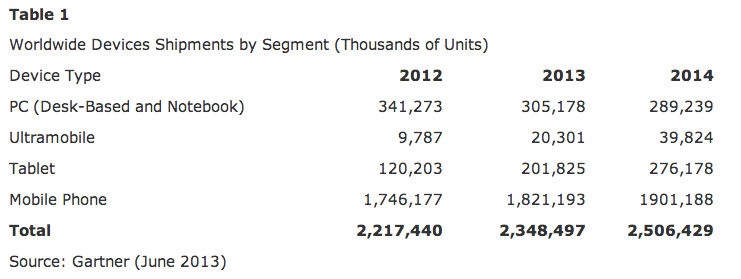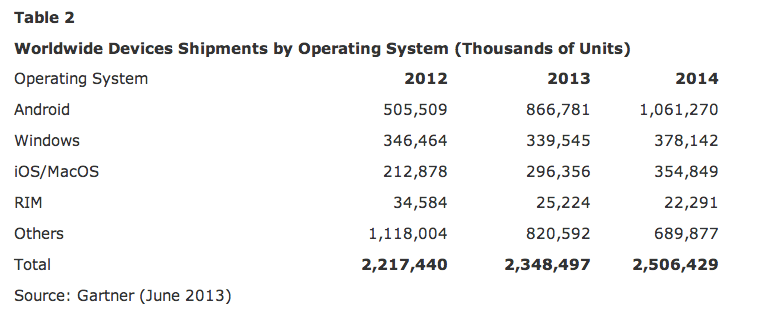Editor’s note: Stephanie Singer practices law at WilmerHale where she advises emerging companies in the technology and life sciences industries on formation, financings and ongoing corporate matters.
Before quitting your job to launch a startup, read the documents you signed with your current employer carefully. They could contain provisions that put your new venture at risk.
Thousands of entrepreneurs quit their jobs each year to start their own companies. It happens all the time, and it’s no problem, right? Not quite. Many employment contracts contain provisions that can make it difficult for entrepreneurs to pursue their startups unfettered. It’s important to address those issues now before you quit your job.
The areas most likely to cause problems pertain to intellectual property, competition and solicitation (typically of customers and employees). Contracts in these areas protect companies from losing a competitive advantage when you leave to work for someone else or start a business of your own.
The areas most likely to cause problems pertain to intellectual property, competition and solicitation.
What is the best way to handle these restrictions? Ideally, you would avoid signing any employment contract that places limits on your professional pursuits. But that’s not always a realistic option since many employers require them, and many would-be entrepreneurs have already signed such contracts by the time they decide to start a company.
So the next best thing is to read your contract carefully to determine if it could limit your startup plans. From there, you can figure out how to navigate any potential conflicts. Look for language in three key areas: intellectual property, non-competition and non-solicitation.
Assignment Of Intellectual Property
Assignment of intellectual property, also called “assignment of invention,†ensures that the ideas, discoveries and techniques that you developed for your employer remain the property of the company. For example, if you developed a clever data-mining tool as part of your job, you can’t use that same technology in your startup. It’s the property of your employer. This typically includes any work you did during working hours or using company technology or property (such as a company-issued laptop).
That may seem straightforward enough, but here’s the rub â€" this clause could also include work you did for your startup during non-working hours using your own property. Some particularly restrictive contracts assert that any work you did while you were employed at the company is their property, even if you did the work on Christmas Day using your personal laptop or mobile device.
The key is to make sure the idea behind your startup is not part of an idea, or based on any technology or other intellectual property, that you assigned to your current employer. If it is, you either need to come up with another idea or ask your employer for permission to pursue it.
Non-Competition
Of the three areas, non-competition is probably the most common issue for entrepreneurs. These clauses restrict an employee from starting a business that competes with the employer. Non-compete agreements often extend for one year after employment ends and cover the geographic area in which the company operates. In today’s online world, however, it is often difficult to determine the actual limits of that geographic restriction.
The challenging aspect of non-compete clauses is determining what constitutes competition. Usually the agreement will contain a description of your employer’s business or industry. But it can be tough to know for sure if your proposed business falls into the category of competitor. To get a better sense, ask yourself the following questions:
- Is my startup in a similar business or industry as my employer’s business?
- Will I target the same customers?
- Does my startup use similar knowledge or technology?
It’s also helpful to think about this from the employer’s perspective. Could they make a credible case that your venture would compete with the company?
Non-Solicitation
This clause is typically the easier of the three to analyze. It prohibits you from soliciting employees or customers of your employer. Some agreements go a step further and prohibit the hiring of any employees. This means that if an employee decides to apply to a job at your company, even without any overtures from you, you could be found in violation of that agreement if you hire that employee. More stringent agreements may also cover former employees. Non-solicitation clauses are often limited to a period of time.
What If My Startup Plans Appear To Violate My Contract?
Determine if the language is overly broad or vague. Some contracts will contain such broad language that it’s likely not enforceable. For example, if you work for a web consulting firm as a programmer, and your contract states that you cannot work as a web developer anyplace else, there’s a very good chance the provision is not enforceable or at least the scope of the restriction might be limited by a court.
Examine your state’s laws. State laws can influence the enforceability of many of these provisions. For example, California does not uphold non-compete agreements under most circumstances. And while noncompetition agreements are enforceable in most states, they generally must be reasonable in scope. It’s a good idea to check your state’s laws to learn what they allow.
Ask your employer for a waiver. You might consider this option if you are on good terms with your employer. There’s a good chance your request will be granted if your venture isn’t a competitive threat, even if it technically falls within the scope of the IP assignment or non-competition agreement. This approach is not without risk, however, as there’s always a possibility your request could be denied, making it harder for you to assert at a later date that there was no violation.
If you still have doubts after going through this process, seek advice from someone who is knowledgeable on these issues. Most importantly, don’t wait until your startup is successful â€" and the envy of others â€" before addressing these legal issues.











